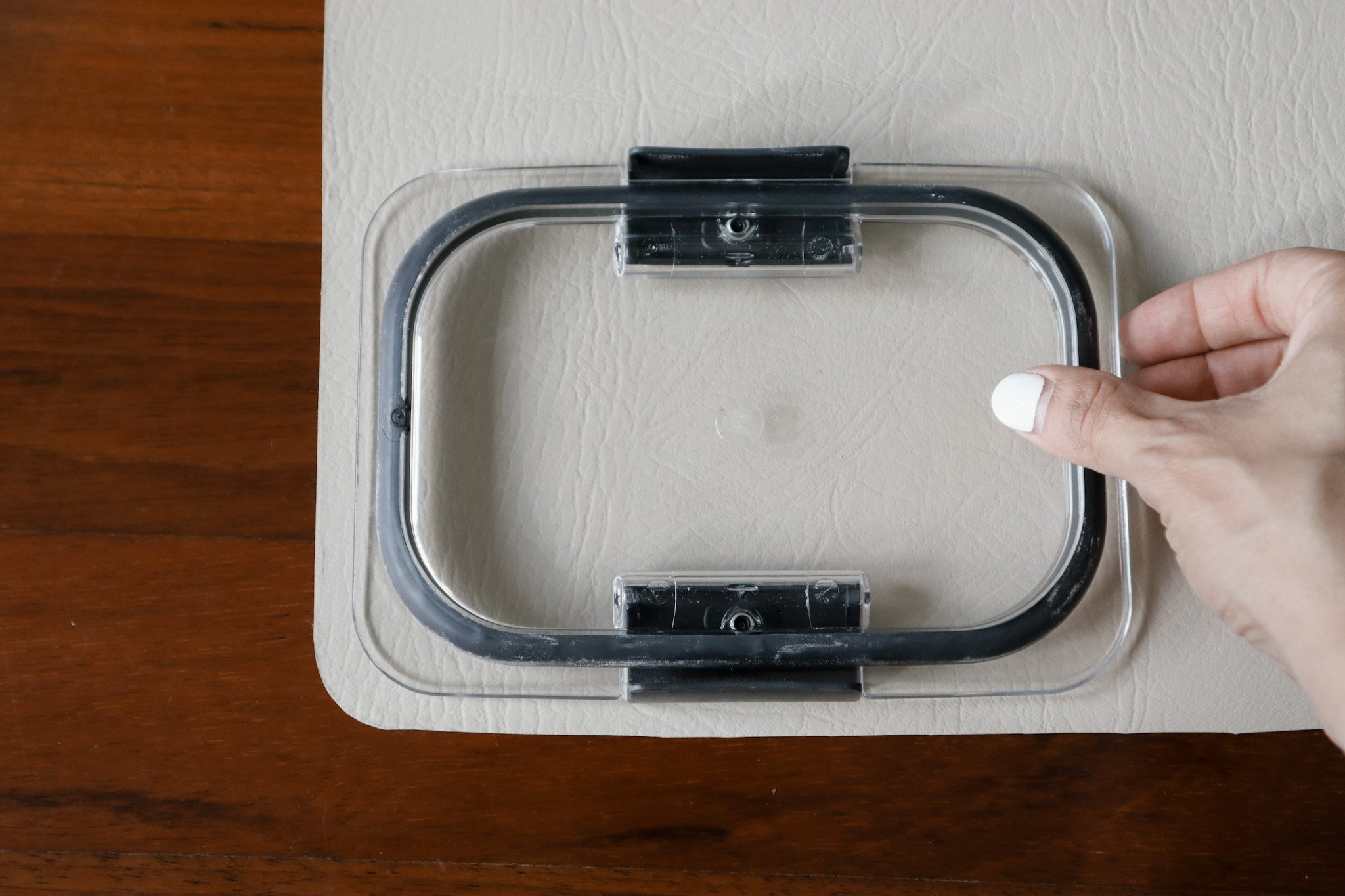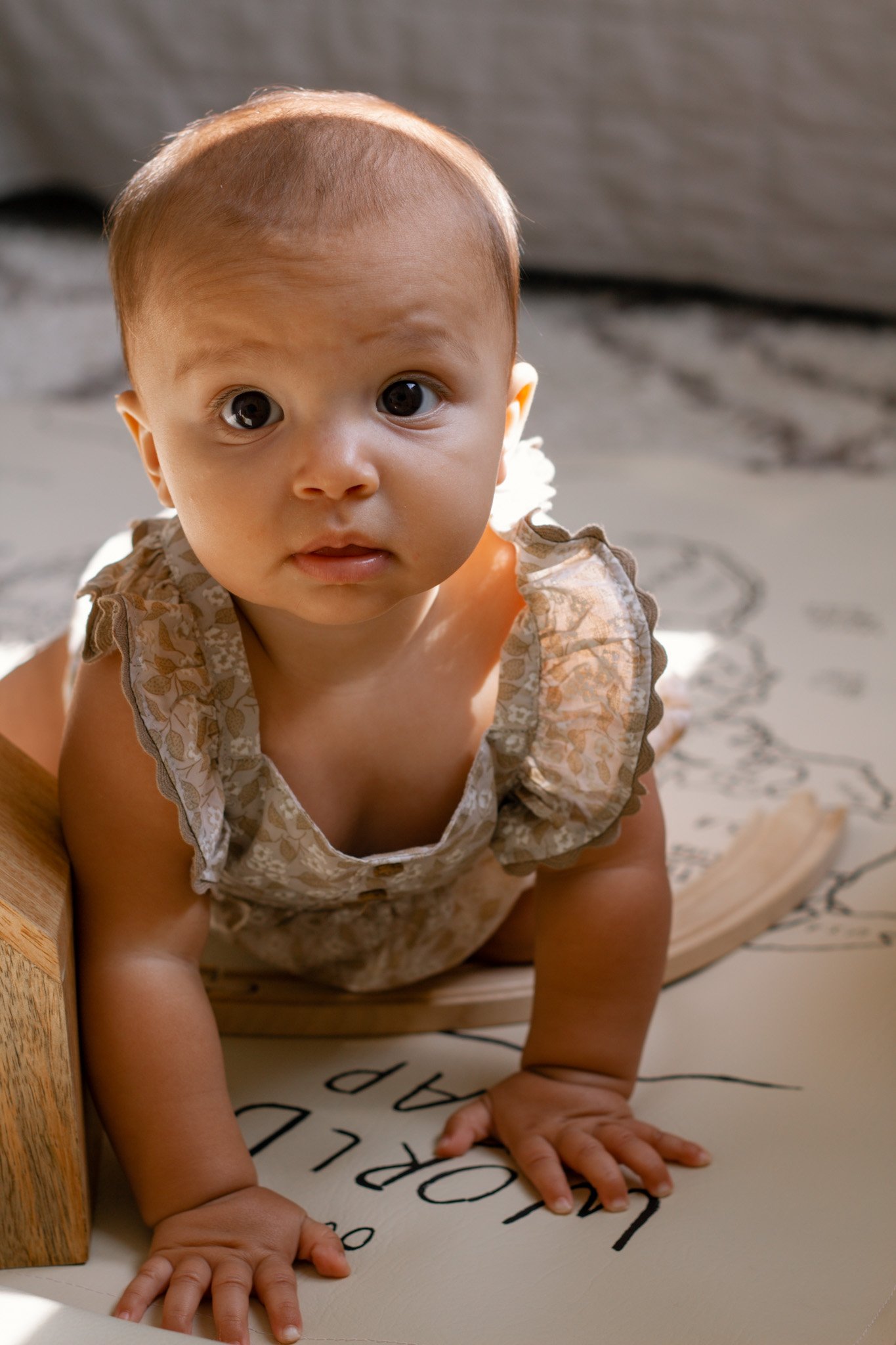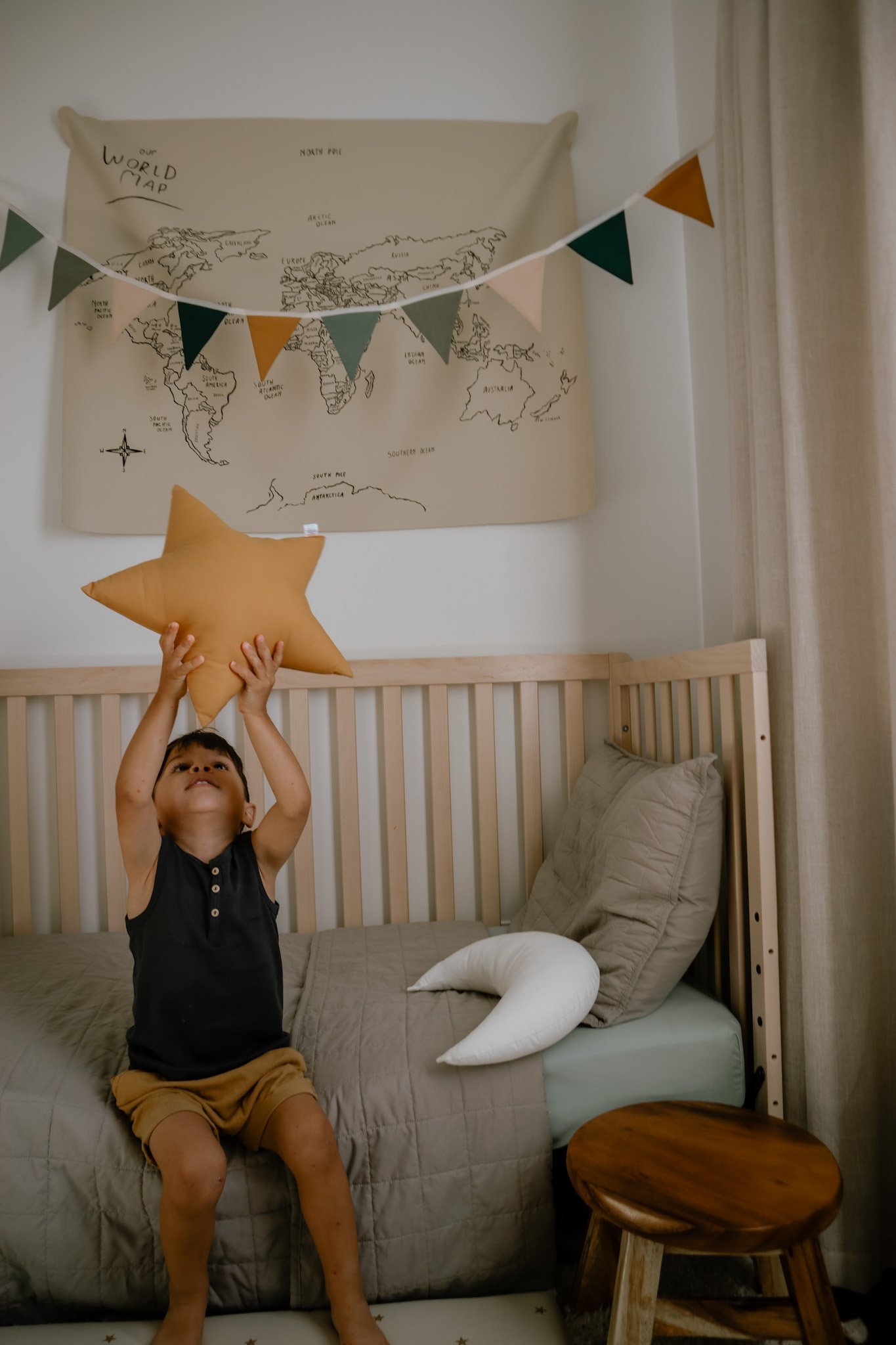The test resulted in the following: All three didn’t smudge after drying. The acrylic paint erased fairly well with NAIL POLISH REMOVER (the paint pen and sharpie didn’t) and all three DID NOT erase with 100% acetone. This really surprised me, it basically meant I don’t have much room for error when drawing, and that the acrylic paint is the only thing that can be erased with the nail polish remover if I make a mistake. Because of this, I HIGHLY suggest you stick with acrylics only, but again, test out your own drawing materials on your fabric to see what you’re working with. And DON’T buy the Amazon paint pen I used, after a few weeks of handling the fabric, I noticed the ink was slightly coming off (see ‘New Zealand’ photo below). SO yeah, making all these mistakes so you don’t have to :)
Previous
Previous
One Sweet Peach Birthday
Next
Next










































